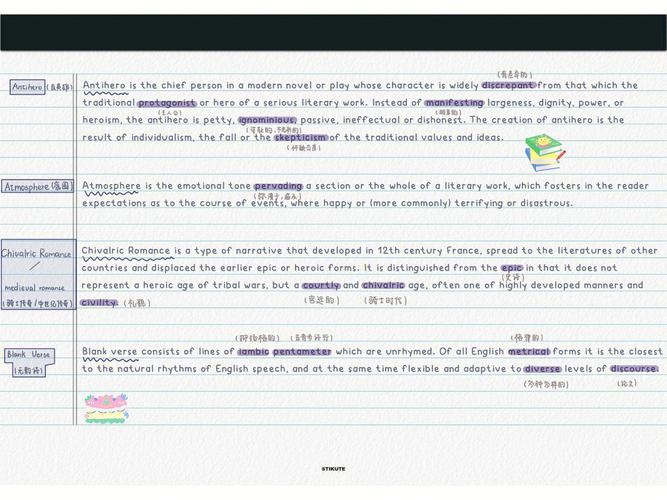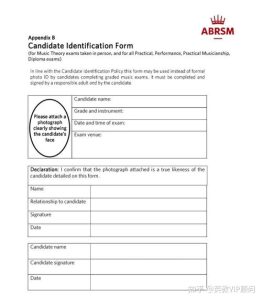Understanding Language Tone: A Detailed Multidimensional Guide
Language tone is a subtle yet powerful aspect of communication that can significantly impact the way your message is received. It’s not just about the words you choose, but also about how you say them. In this article, we will delve into the various dimensions of language tone, helping you understand its importance and how to master it in different contexts.
What is Language Tone?
Language tone refers to the emotional or attitudinal aspect of speech or writing. It can convey a range of emotions, from happiness and excitement to anger and sadness. The tone of your language can be influenced by factors such as your pitch, volume, speed, and choice of words.
Dimensions of Language Tone

Understanding the different dimensions of language tone is crucial for effective communication. Here are some key aspects to consider:
1. Emotional Tone

The emotional tone of your language can greatly influence how your message is perceived. For example, a cheerful tone can make your message sound friendly and inviting, while a stern tone might come across as aggressive or intimidating.
| Emotional Tone | Example | Effect |
|---|---|---|
| Happy | “I’m thrilled to hear about your success!” | Conveys enthusiasm and positivity |
| Angry | “That’s unacceptable!” | Conveys frustration and disapproval |
| Surprised | “I can’t believe you did that!” | Conveys astonishment and disbelief |
2. Social Tone
The social tone of your language is influenced by your relationship with the person you’re communicating with. It can range from formal and respectful to casual and friendly. Choosing the right social tone is essential for maintaining a positive and respectful interaction.
3. Contextual Tone
The contextual tone of your language is determined by the situation in which you’re communicating. For example, the tone you use in a business meeting will be different from the tone you use when chatting with a friend. Being aware of the context will help you adjust your tone accordingly.
4. Cultural Tone
Cultural differences can also play a significant role in language tone. What might be considered polite in one culture could be seen as rude in another. Understanding the cultural nuances will help you avoid misunderstandings and communicate more effectively.
How to Master Language Tone
Mastering language tone requires practice and awareness. Here are some tips to help you improve your tone:
-
Be mindful of your pitch, volume, and speed. A higher pitch and softer volume can make your tone sound more gentle and inviting, while a lower pitch and louder volume can convey authority and confidence.
-
Choose your words carefully. The words you use can convey a specific tone. For example, using positive words can create a cheerful tone, while negative words can create a negative tone.
-
Practice active listening. Pay attention to the tone of the person you’re speaking with and adjust your tone accordingly.
-
Seek feedback. Ask friends or colleagues to provide feedback on your tone and areas for improvement.
Conclusion
Language tone is a vital component of effective communication. By understanding its dimensions and mastering its use, you can enhance your ability to convey your message clearly and build stronger relationships with others.






